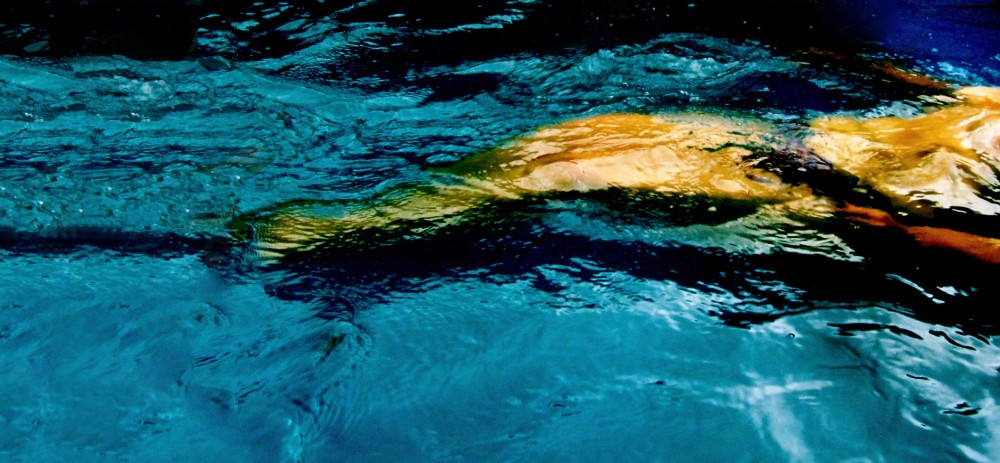My regular blog readers will no doubt remember my last post, The Men in Orange (written 12.9.14), in which I told of the men who work on the rebuilding of our sea wall at Dawlish, and how they all wear bright orange overalls. About an hour after posting my blog entry I noticed that there were several visits to my site from folk who live across the Irish Sea; it wasn’t until then that I had considered the similitude between my title and the Orangemen of Ulster. I imagined the disappointment of those who had checked the Internet to find out more about Orangemen only to find my praise of the men in orange overalls; likewise, I considered the many keen historians around the world who may have been hopeful that I was referring to the Orange, as in William and Mary of Orange (the title traditionally granted to Dutch monarchs); and I even spared a thought for the few old television commercial buffs who may have been expecting to read about the little men dressed in orange rubber and orange gloves with which they used to Tango unsuspecting victims and turn them orange. My apologies to everyone for the perhaps misleading title.
Even stranger still was the eerie coincidence of the death of the Reverend Ian Paisley, Unionist politician and church leader in Northern Ireland, and “an Orangeman, of an especially deep hue” (according to journalist Sean O’Grady), on the same day that my blog was written.
Below are some photographs and information for the disappointed visitors.
William III of England
| William III | |
|---|---|
 |
|
| William III by Sir Godfrey Kneller | |
| Prince of Orange | |
| Reign | 4 November 1650[1] – 8 March 1702 |
| Predecessor | William II |
| Successor | John William Friso |
| Stadtholder of Holland, Zeeland, Utrecht, Gelderland and Overijssel | |
| Reign | July 1672 – 8 March 1702 |
| Predecessor | William II |
| Successor | William IV |
| King of England, Scotland and Ireland(more …) | |
| Reign | 13 February 1689 – 8 March 1702 |
| Coronation | 11 April 1689 |
| Predecessor | James II & VII |
| Successor | Anne |
| Co-monarch | Mary II |
| Spouse | Mary II of England |
| House | House of Orange-Nassau |
| Father | William II, Prince of Orange |
| Mother | Mary, Princess Royal |
| Born | 4 November 1650 [N.S.: 14 November 1650][1] Binnenhof, The Hague |
| Died | 8 March 1702 (aged 51) [N.S.: 19 March 1702] Kensington Palace, London |
| Burial | Westminster Abbey, London |
| Signature |  |
| Religion | Protestantism |
William III (Dutch: Willem III; 4 November 1650 – 8 March 1702)[1] was a sovereign Prince of Orange of the House of Orange-Nassauby birth. From 1672, he governed as Stadtholder William III of Orange (Dutch: Willem III van Oranje) over Holland, Zeeland, Utrecht,Gelderland, and Overijssel of the Dutch Republic. From 1689 he reigned as William III over England and Ireland; it is a coincidence that his regnal number (III) was the same for both Orange and England. As King of Scotland, he is known as William II.[2] He is informally known by sections of the population in Northern Ireland and Scotland as “King Billy“.[3] In what became known as the “Glorious Revolution“, on 5 November 1688, William invaded England in an action that ultimately deposed King James II and won him the crowns of England, Scotland and Ireland. In the British Isles, William ruled jointly with his wife, Mary II, until her death on 28 December 1694. The period of their joint reign is often referred to as “William and Mary“.
A Protestant, William participated in several wars against the powerful Catholic king of France, Louis XIV, in coalition with Protestant and Catholic powers in Europe. Many Protestants heralded him as a champion of their faith. Largely because of that reputation, William was able to take the British crowns when many were fearful of a revival of Catholicism under James. William’s victory over James at theBattle of the Boyne in 1690 is still commemorated by the Orange Order. His reign marked the beginning of the transition from the personal rule of the Stuarts to the more Parliament-centred rule of the House of Hanover.
